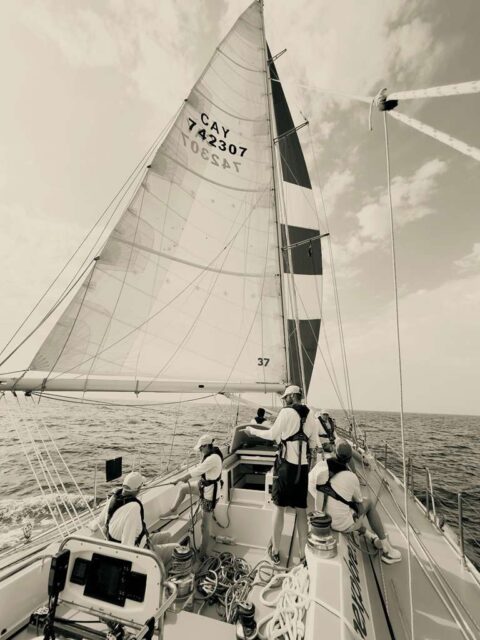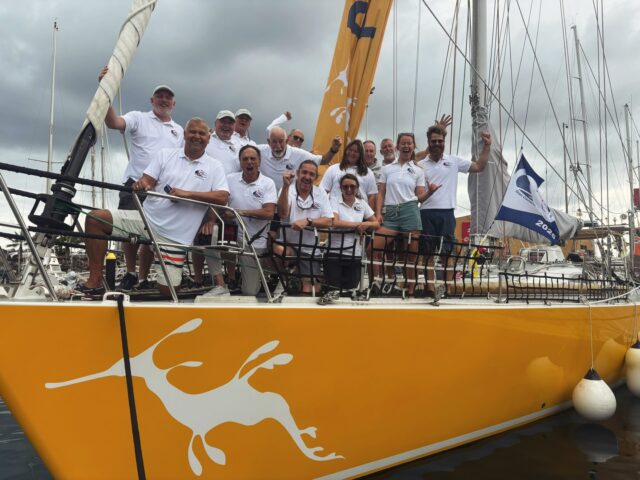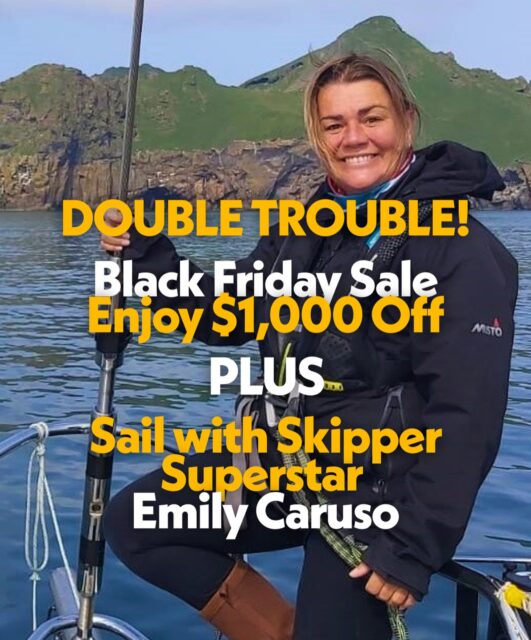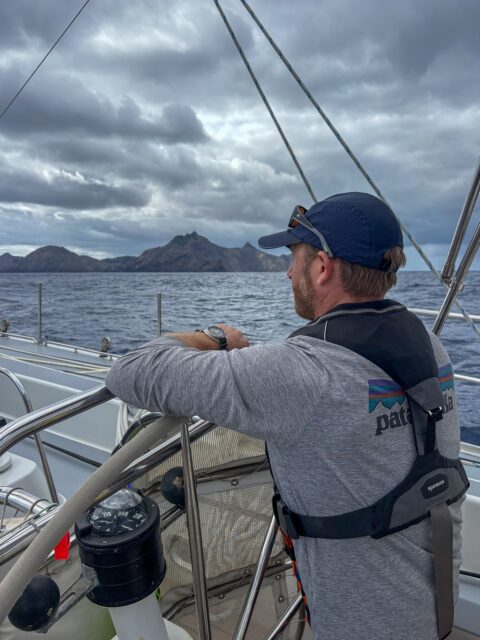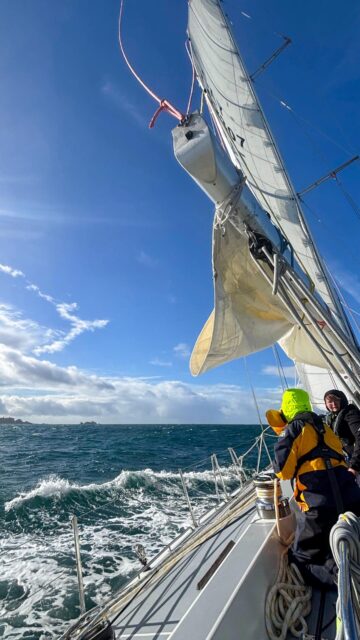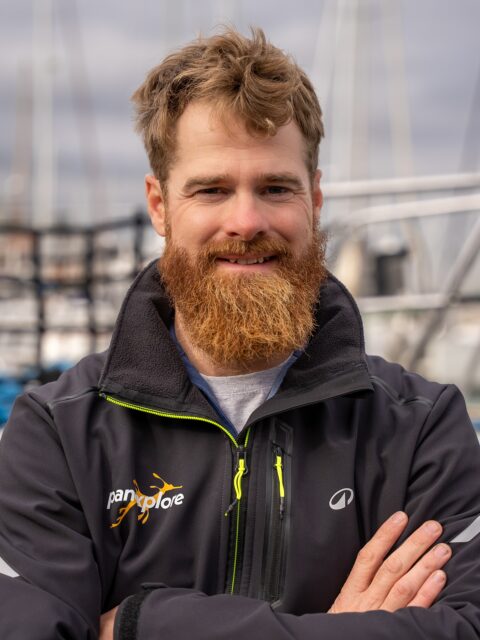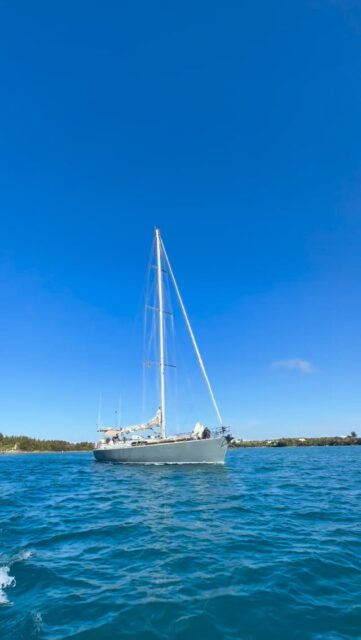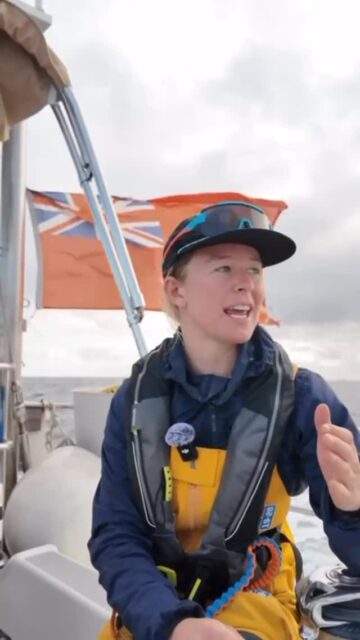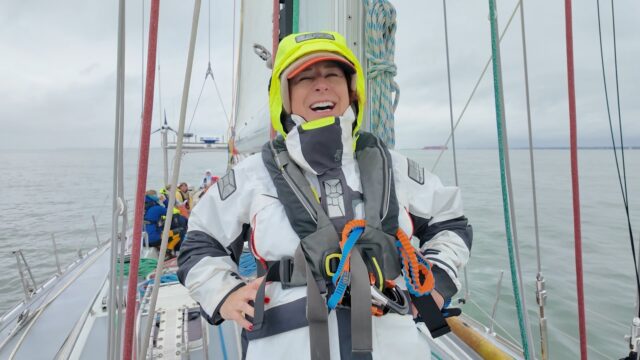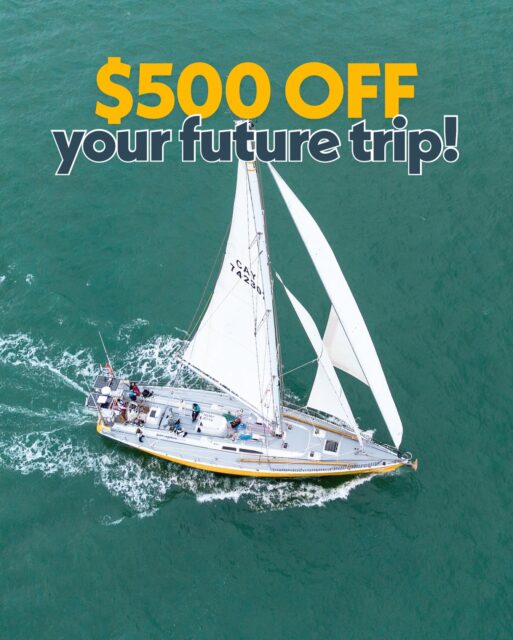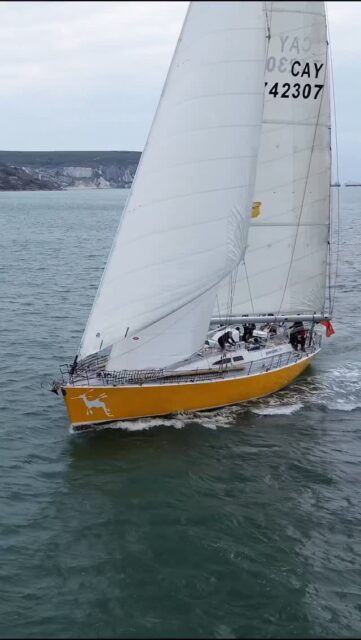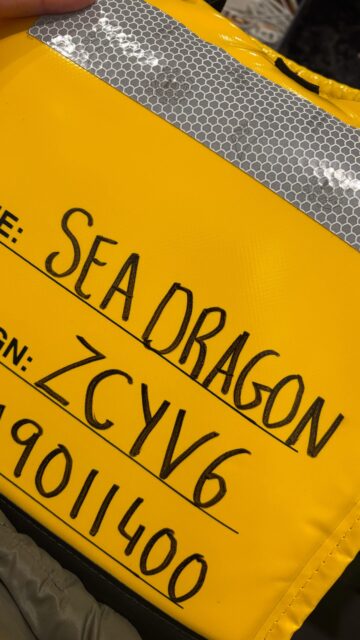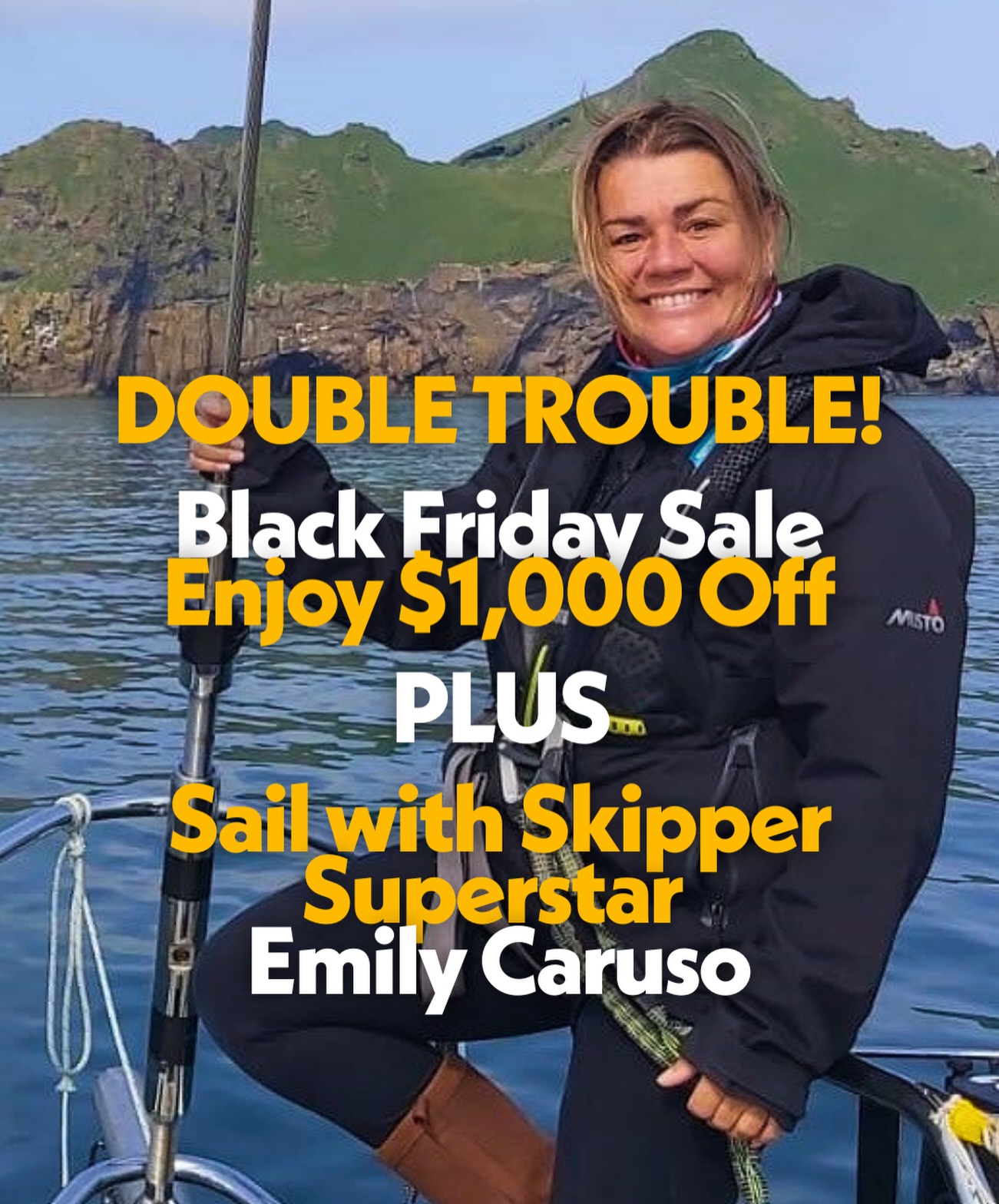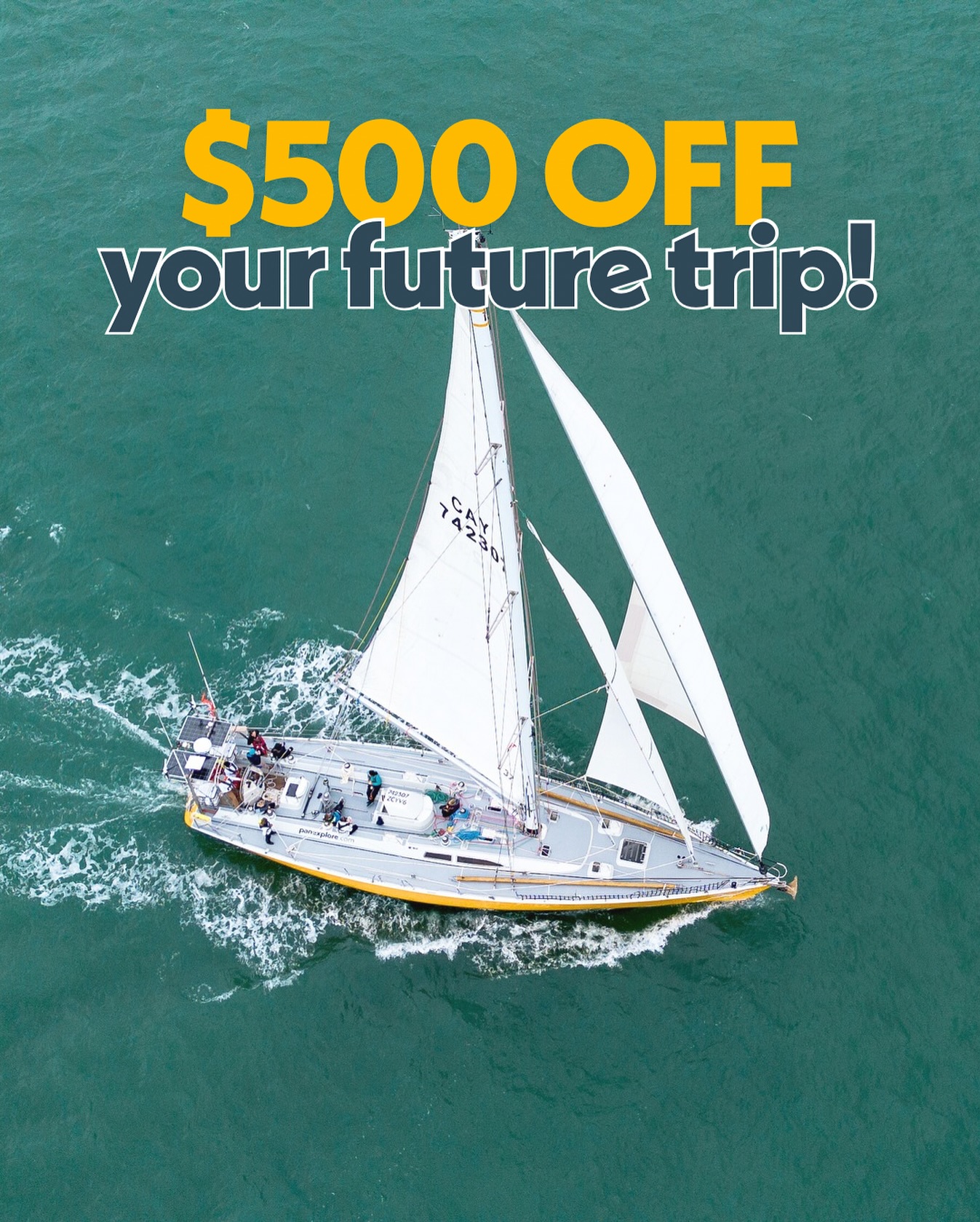In August of 1519, Ferdinand Magellan left Spain with five wooden ships and 234 men. He was headed west to the Orient, down through the Atlantic and into the Pacific. His maps went no further than the east coast of South America. European trading vessels had probed as far east as Guam and the Spice Islands coming around Africa. Nobody had maps for the Pacific. In fact, the situation was even more complicated than Magellan knew. Maritime navigators at that time still worked off early Greek calculations for the size, circumference, of the earth. It was believed to be some 8,000 miles shorter than we know it to be today. Having crossed the Atlantic, and much of the Indian…the entire shortfall was, by definition, in the Pacific. So rounding South America through the straits that now bear his name, his crew believed in a relatively short trade wind crossing to Guam. Three and half months later they reached Guam. Almost cruelly they encountered no other land all the way across. His men starving and horribly afflicted with scurvy, the sailed right past the Marquesas, French Polynesia, the Phoenix islands and so many other potential recovery points on the crossing.
492 Years later Sea Dragon now makes the same push around Tierra del Fuego and into the Pacific– so named for its then tranquil condition. Today we know so much more- beginning with the fundamentals. At least three GPS receivers pin point Sea Dragon against a computer generated MaxSea chart that gives them incredible information, choices and ultimately security. Depth sounders look ahead of the vessel, radar sees through fog, Iridium phones and HF radio give us voice and data reach across the globe.
Yet for today’s crew, the wonder, exploration and learning remains strong. Our mission to understand and communicate the state of the oceans gives the team a similar sense of purpose and focus. The ocean that Magellan entered is so vastly changed from his day that we wonder how he could reconcile the changes. In his day, huge numbers of whales, large pelagic fish, trailing sharks and great schools of tuna would have been his constant companion. We cannot imagine the priceless experience to be the first European to enter the wilderness Pacific of 1519.
Sea Dragon is headed out on a long Pacific Expedition that will take her first West through the South Pacific Gyre, then north to Hawaii, and then Vancouver. She will spend at least the next 18 months working the open seas and island chains of this great ocean. Our mission, to which the team is now dedicated, is to help chart the course for a restored future. One that is free of wash-down debris like plastics, rich in life, and deep in adventure and exploration for generations to come.
